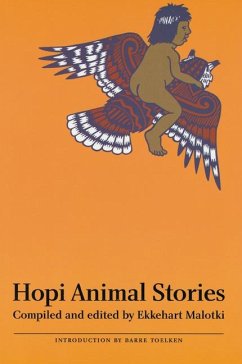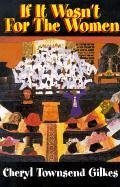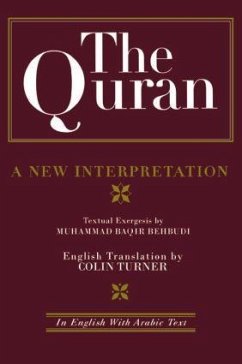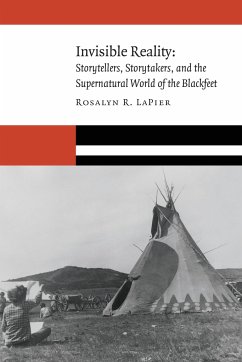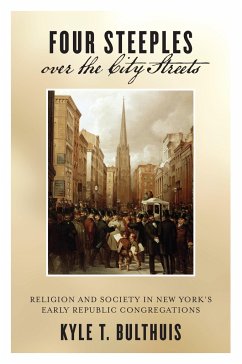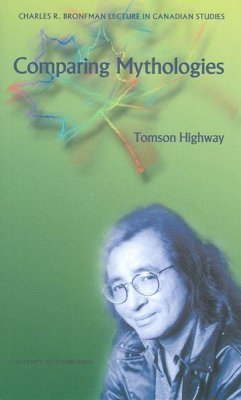Nicht lieferbar

An 1860 English-Hopi Vocabulary Written in the Deseret Alphabet
Versandkostenfrei!
Nicht lieferbar
In 1859 Brigham Young sent two Mormon missionaries to live among the Hopi, "reduce their dialect to a written language”. Young also instructed the men to teach the Hopi the Deseret alphabet, a phonemic system that he was promoting in place of the traditional Latin alphabet. While the Deseret alphabet faded out of use in just over twenty years, the manuscript penned by one of the missionaries has remained in existence. Beesley and Elzinga have now traced the manuscript's origin to the missioaries of 1859-1860 and decoded its Hopi-English vocabularly.






